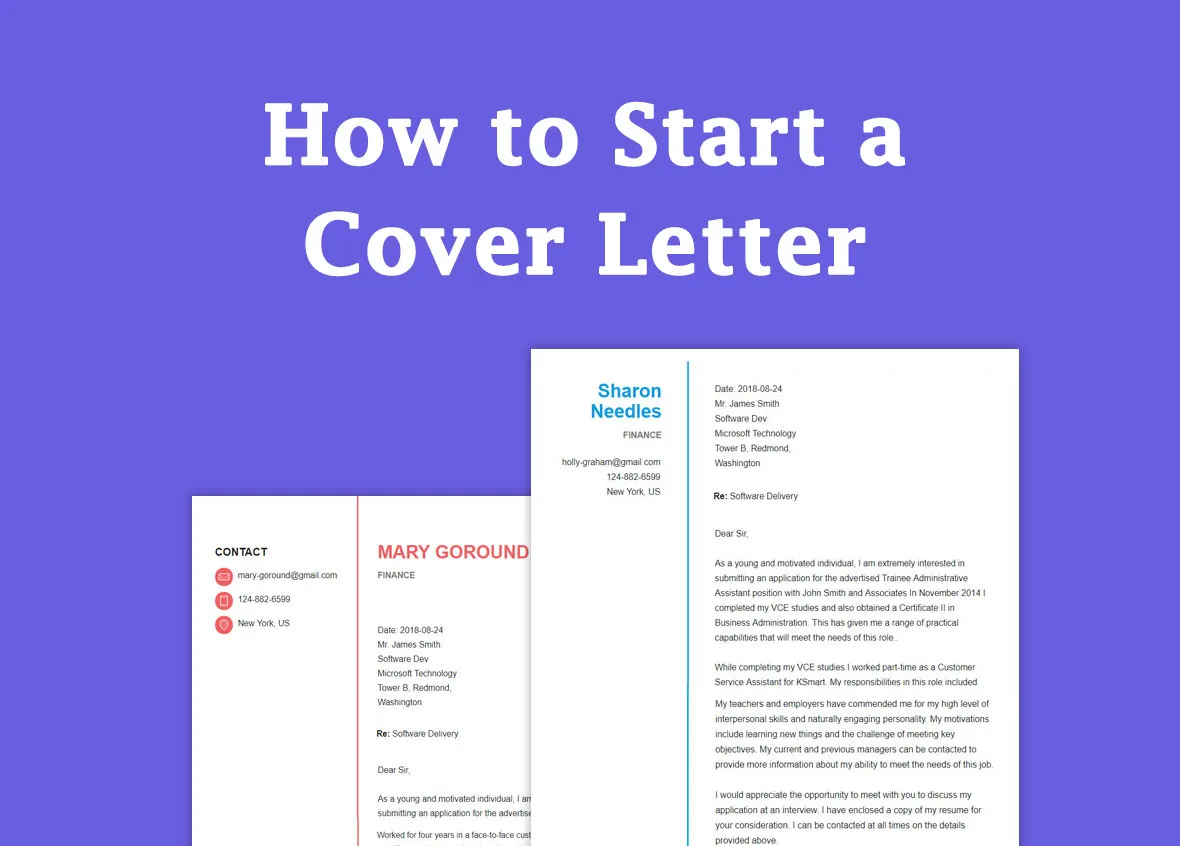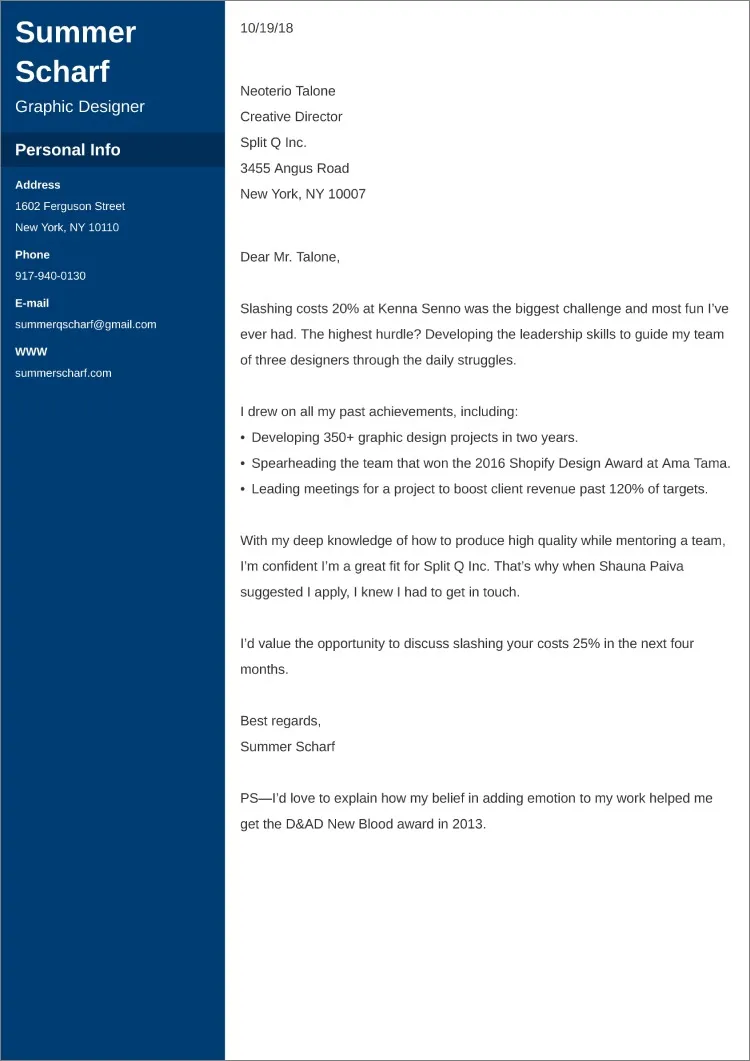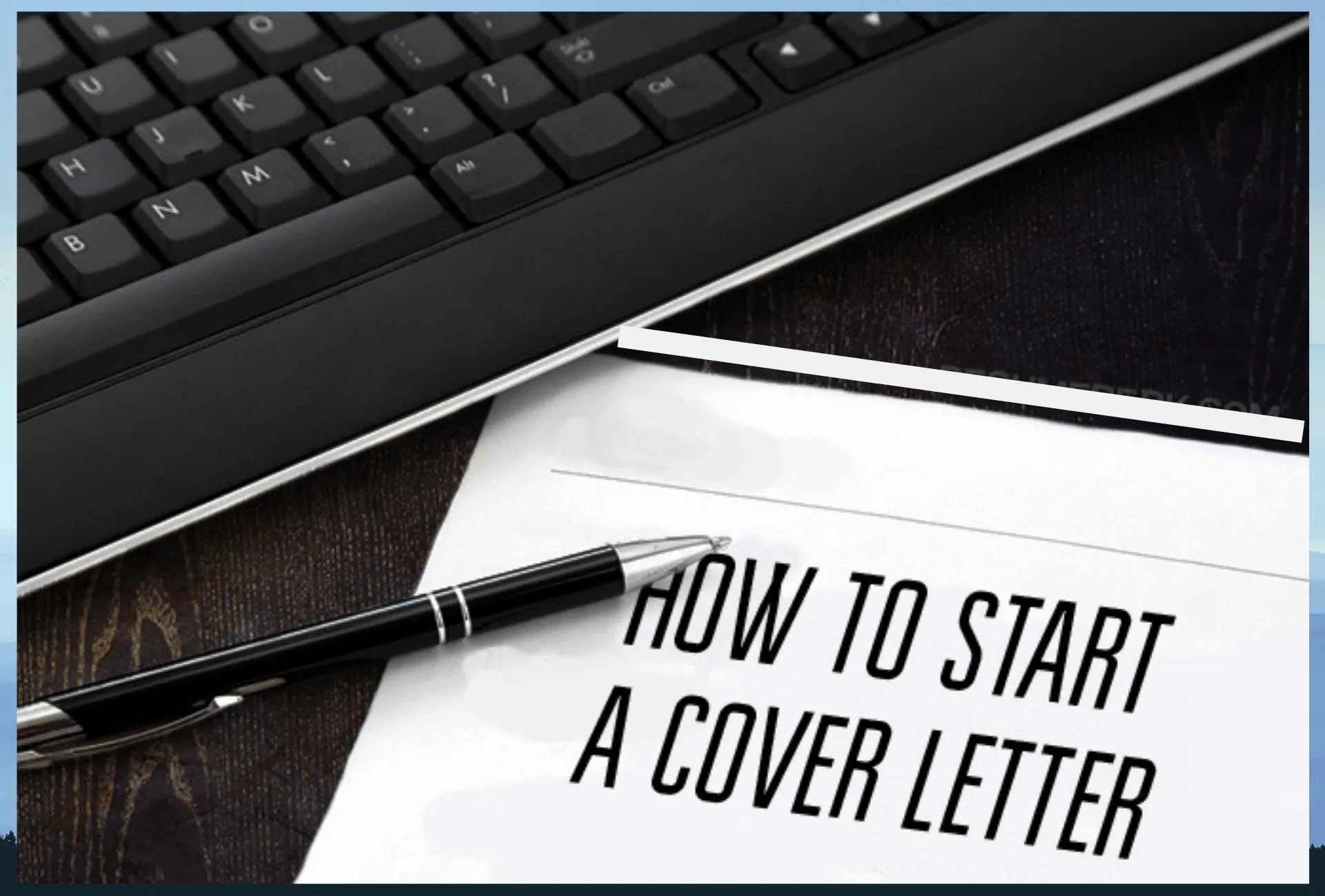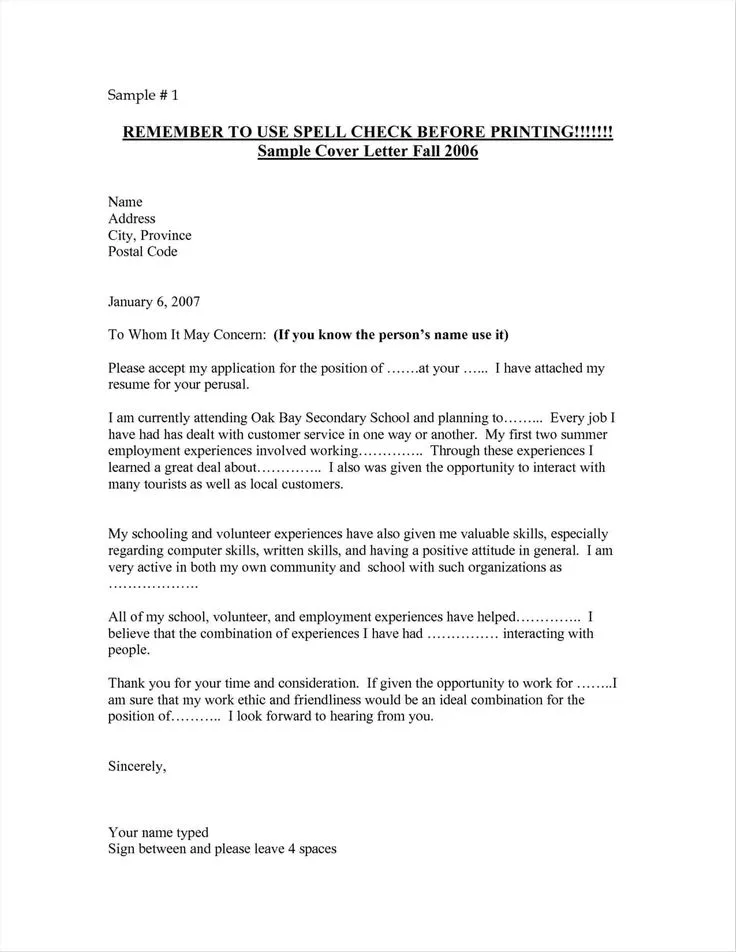What is a Cover Letter
A cover letter is a crucial document accompanying your resume when applying for a job. It serves as your introduction to a potential employer, providing a personalized overview of your qualifications, skills, and experiences. Unlike a resume, which is a summary of your professional history, a cover letter allows you to elaborate on your accomplishments and explain why you are the perfect fit for the specific role. It’s your opportunity to demonstrate your enthusiasm, showcase your personality, and persuade the hiring manager that you’re worth an interview. Crafting a compelling cover letter can significantly increase your chances of landing your dream job, making it an essential part of any job application strategy. The goal is to create a positive first impression and make the hiring manager excited to learn more about you.
Why is a Cover Letter Important
A well-written cover letter is important because it provides context to your resume, allowing you to connect your skills and experiences to the specific requirements of the job. It allows you to highlight relevant experiences, demonstrate your understanding of the company’s needs, and explain why you are passionate about the opportunity. Many hiring managers use cover letters to assess a candidate’s communication skills, writing ability, and attention to detail. It also provides an opportunity to showcase your personality and enthusiasm, setting you apart from other applicants. When you submit a cover letter, you show the employer that you have taken the time to thoroughly review the job description, tailor your application, and express your interest in the position.
Essential Cover Letter Components

A cover letter is made up of several crucial components. You’ll need to start with a header that includes your contact information and the date, followed by the recipient’s contact information. Then comes the professional greeting, addressed to a specific person whenever possible. The main body of the cover letter is where you’ll highlight your skills and experiences. Use clear, concise language and focus on achievements rather than simply listing your responsibilities. Finally, end with a strong closing, expressing your interest in an interview and providing a clear call to action. Proofread your cover letter meticulously before sending it, ensuring that it is free of errors and reflects your professionalism. Also, remember to tailor each cover letter to the specific job and company to increase your chances of success.
Header and Contact Information
The header is the top section of your cover letter, providing essential information for the recipient. This section usually includes your full name, address, phone number, and email address. Make sure your contact information is up-to-date and professional. Follow this with the date and the recipient’s contact information, including their name, title, company name, and address. When applying online, your contact information should be clearly visible, and the date should be the date you send the letter. For a traditional layout, align your contact information to the left or center, and the recipient’s information to the left or right. The header is about ensuring that the hiring manager can easily contact you. Always double-check the information for accuracy.
Professional Greeting
The greeting sets the tone for your cover letter. Use a professional and appropriate salutation to address the hiring manager. If you know the hiring manager’s name, use “Dear Mr./Ms./Mx. Last Name.” This shows you’ve done your research and taken the time to personalize your application. If you can’t find the hiring manager’s name, use a general greeting such as “Dear Hiring Manager” or “Dear [Department Name] Team.” Avoid generic greetings like “To Whom It May Concern,” as they can make your letter seem impersonal. The greeting should be polite and respectful, demonstrating your attention to detail and professionalism. Always spell the recipient’s name correctly.
Body Paragraphs

The body paragraphs are the core of your cover letter, where you explain why you are the ideal candidate for the job. This section should be well-organized, concise, and tailored to the specific requirements outlined in the job description. In the first paragraph, introduce yourself and state the position you’re applying for, mentioning where you found the job posting. In the subsequent paragraphs, highlight your skills, experiences, and accomplishments that are most relevant to the role. Provide specific examples and quantify your achievements whenever possible to demonstrate your impact. Conclude with a paragraph that expresses your enthusiasm for the opportunity and a call to action, such as requesting an interview.
First Paragraph Hook the Reader
The first paragraph is where you grab the reader’s attention and make them want to read further. Start with a strong hook, such as a brief statement about your passion for the industry, a notable achievement, or a reference to a mutual connection. Immediately state the position you are applying for and where you found the job posting. Mention the specific company or team you are interested in joining to demonstrate that you have carefully considered the opportunity. This paragraph should be concise, enthusiastic, and clearly communicate your objective. The aim is to capture the hiring manager’s interest and encourage them to continue reading the cover letter. Make sure the opening statement directly relates to the job you are applying for.
Second Paragraph Highlight Skills
The second paragraph should focus on highlighting your relevant skills and qualifications. Carefully review the job description and identify the key requirements. Provide specific examples of how you’ve used these skills in previous roles and the results you achieved. Quantify your achievements whenever possible using numbers and data to demonstrate your impact. Tailor this paragraph to each job application, showcasing the skills and experiences that are most relevant to the position. By linking your skills to the job requirements, you prove that you are a strong fit for the role. Focus on the key skills the employer is seeking and provide compelling evidence of your abilities. Back up claims with concrete examples.
Third Paragraph Show Enthusiasm

In the third paragraph, express your enthusiasm for the company and the specific opportunity. Research the company and explain what attracts you to their mission, values, or culture. Connect your career goals with the company’s goals. Highlight what you admire about the company and why you want to be a part of it. Show genuine interest by mentioning specific projects, initiatives, or aspects of the company that resonate with you. Demonstrate that you have thought about why this job is a good fit for you. This will demonstrate your understanding of the company and your enthusiasm for the opportunity, setting you apart from other applicants. Emphasize how you can contribute to the company’s success.
Closing and Call to Action
Your closing paragraph should reiterate your interest in the position and include a clear call to action. Thank the hiring manager for their time and consideration. Express your eagerness to discuss your qualifications further and suggest a next step, such as requesting an interview. Reiterate your contact information and confirm your availability. Keep the closing brief and professional, leaving a positive final impression. Conclude with a formal closing such as “Sincerely,” “Respectfully,” or “Best regards,” followed by your typed name. The call to action should make it easy for the hiring manager to take the next step in the hiring process.
Formatting and Design Tips
The appearance of your cover letter is just as important as its content. Use a professional and easy-to-read font, such as Times New Roman, Arial, or Calibri, with a font size between 10 and 12 points. Maintain consistent formatting throughout the document, including spacing, margins, and alignment. Keep the letter concise, ideally one page, using clear and concise language. Use bullet points to highlight key achievements or skills for easy readability. Use white space to make the letter look clean and organized. Avoid excessive use of bolding, italics, and underlining, as these can make your letter look cluttered. Always ensure the letter is well-formatted before submitting it.
Proofreading and Editing

Proofreading and editing are crucial steps to ensure your cover letter is free of errors. Carefully review your letter for any grammatical errors, spelling mistakes, and punctuation issues. Check for clarity, conciseness, and overall coherence. Read the letter aloud to catch awkward phrasing or repetitive sentences. Ask a friend, family member, or career advisor to review your cover letter. They can provide valuable feedback on your content and catch errors you might have missed. A well-proofread cover letter demonstrates your attention to detail and professionalism, increasing your chances of making a positive impression on the hiring manager. Never submit a cover letter without thorough proofreading.
Tailoring Your Cover Letter
Tailoring your cover letter to each job application is essential for success. Avoid using a generic cover letter; instead, customize each one to the specific role and company. Carefully review the job description and identify the key requirements. Highlight the skills and experiences that align with those requirements, providing specific examples to support your claims. Show that you understand the company’s needs and explain how you can contribute to their goals. Research the company and demonstrate your genuine interest in their mission and values. Tailoring your cover letter shows that you have taken the time to understand the opportunity. This will significantly increase your chances of making a positive impression and getting an interview. Make it clear why you are the best fit for this specific job.
Researching the Company
Before submitting your cover letter, research the company to show your interest and understanding of their needs. Visit the company’s website, read their “About Us” page, and explore their social media presence. Look for information about their mission, values, culture, and recent projects. Identify the key people in the hiring process, such as the hiring manager and department heads. Understand the company’s goals and challenges. Tailor your cover letter to address their specific needs and demonstrate how your skills and experience can help them achieve their objectives. This shows the hiring manager that you are genuinely interested in the opportunity and have taken the time to learn about their organization. Understanding the company culture will also assist with your interview preparation.
Matching Skills to Requirements

Carefully review the job description and identify the key skills and qualifications the employer is seeking. Compare these requirements to your own skills and experiences, highlighting the most relevant matches. Provide specific examples of how you’ve used these skills in previous roles, and quantify your achievements whenever possible. Focus on the skills that are most important to the position and demonstrate how you can contribute to the company’s success. Use keywords from the job description in your cover letter, but make sure you incorporate them naturally. By directly addressing the job requirements, you show that you are a strong fit for the role and have the necessary skills to excel.
Cover Letter Examples
Reviewing cover letter examples can provide valuable insight into the structure, content, and tone of a successful cover letter. Many online resources offer templates and examples for various industries and experience levels. Look for examples that are tailored to your specific field or the types of jobs you are applying for. Analyze the language used, the way skills are presented, and the overall tone of the letter. Use these examples as a guide. However, remember to personalize your cover letter to reflect your unique experiences and qualifications. Tailoring a template makes the letter stronger and more effective. Do not copy a cover letter example directly, but use them as inspiration and guides.
Example 1 Entry-Level Position
For an entry-level position, focus on highlighting your education, relevant coursework, internships, and any volunteer or extracurricular activities. If you lack extensive work experience, emphasize your skills, such as communication, teamwork, problem-solving, and time management. Tailor the letter to the specific requirements of the job, demonstrating your enthusiasm for the opportunity. Briefly mention your career goals and why you are a good fit for the company’s culture. Provide an example of a project that shows your strengths. Focus on what you have to offer, and how your skills can benefit the organization.
Example 2 Experienced Professional

For experienced professionals, focus on showcasing your accomplishments and quantifying your achievements. Highlight your most relevant skills and experiences, providing specific examples of your successes. Use numbers and data to demonstrate your impact. Connect your skills and experiences to the job requirements, emphasizing how you can contribute to the company’s goals. Tailor the letter to the specific role, demonstrating your expertise and leadership abilities. Mention any awards, recognition, or special projects that showcase your experience. Show the value you can bring to the role and the impact you’ve made in previous positions.
Common Mistakes to Avoid
Many common mistakes can undermine your cover letter and decrease your chances of getting an interview. Avoid generic and impersonal language. Do not simply rehash your resume. Be specific and provide concrete examples. Make sure there are no spelling or grammatical errors. Avoid using jargon or overly complex language. Don’t send a cover letter that is too long. Avoid negative comments about previous employers or jobs. Do not use a template that does not fit your profile. Tailor each cover letter to the specific job and company. Proofread your cover letter meticulously before submitting it.
